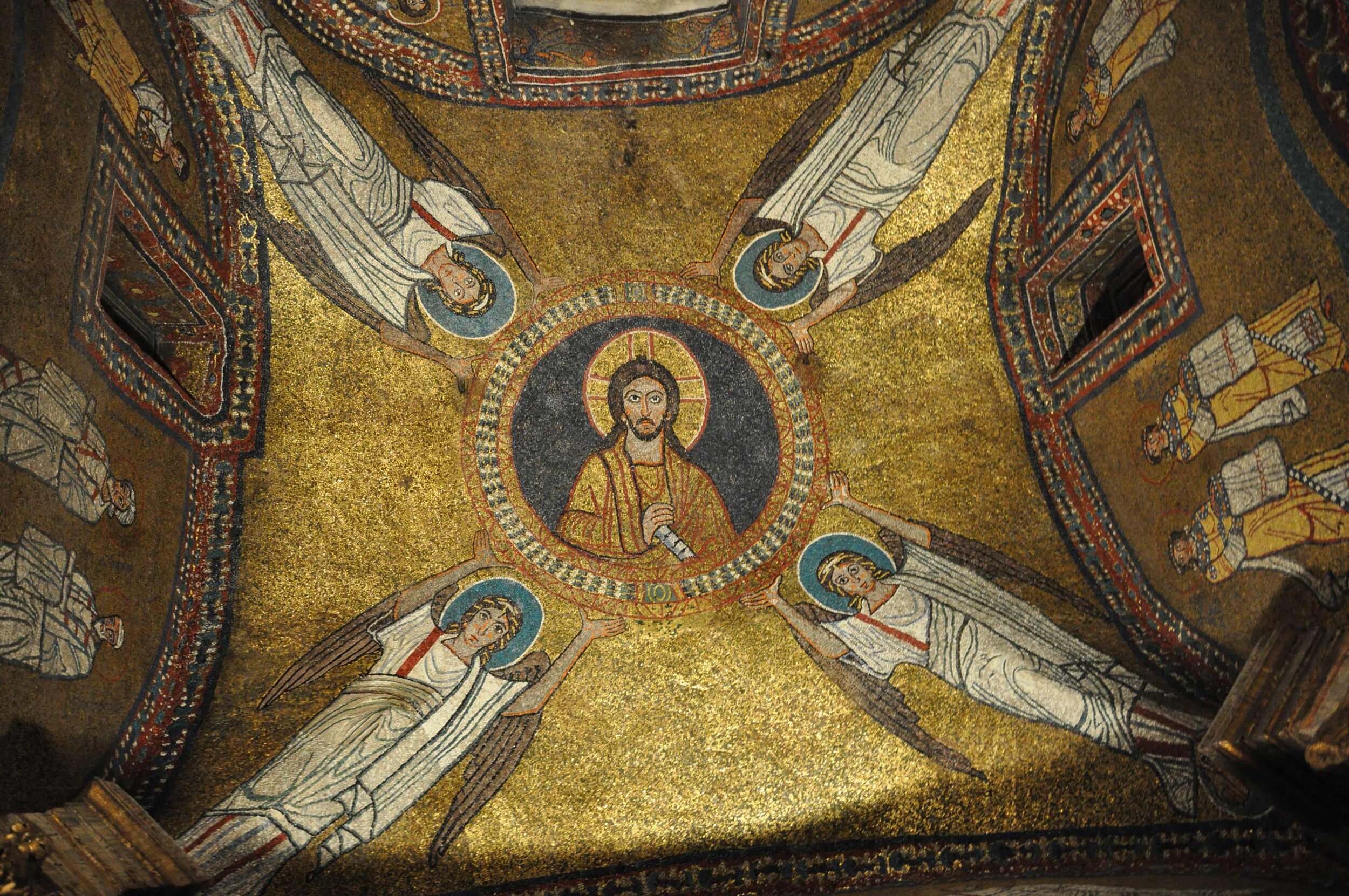
Resident Theologian
About the Blog
My latest: the fate of American Protestantism, in Public Discourse
A link to my latest essay in The Public Discourse.
A couple months back First Things published my essay “Goldilocks Protestantism.” An editor at The Public Discourse asked if I might follow that focus on the global context with an essay on the American context. Et voila, I’m in Public Discourse today with “Low Church in High Places: The Fate and Future of American Protestantism.”
Here’s a preview:
Protestantism as we know it, both nationally and globally, is on life support. The Christian world has become either “high,” meaning catholic, or “low,” meaning evangelical. The one includes bishops and priests, liturgy and tradition, creeds and councils, icons and saints, relics and mystics, Mary and monks, whereas the other includes none of the above. The excluded middle is the Protestantism of the Reformation, a “Goldilocks” Gospel that strives to be neither too high nor too low, but just right. By my reckoning, this style of faith makes up no more than 10 percent of global Christianity. In truth it may be as low as 5 percent, and its numbers continue to decline.
That’s the global story. Now I’d like to focus on the national story. As Hemingway once described the onset of bankruptcy, American Protestantism collapsed slowly, then all at once. Precisely while it was building to an extraordinary, dominating height in the 1960s, its competitors and eventual replacements were growing as well, biding their time. They only had to wait. Termites had long since found their way to the foundation. Once it was destroyed from within, there was no way to reverse the damage. The house was doomed to fall.
Let’s date the pinnacle to the late 1950s. By one estimate, in 1958, more than half of all Americans belonged to a “mainline” Protestant denomination. Think Methodist, Lutheran, Presbyterian, Episcopalian. It’s a mistake to wonder how many of these were “actual” as opposed to “nominal” Christians. The social prestige was the point. A prestigious institution is powerful just to the extent that it attracts members regardless of their beliefs. The “mainline” was what you belonged to if you aspired to join—or sought the respect of, or wanted to remain in—the class that ran the country. Presidents, politicians, and businessmen placed formal membership in a known and vetted Protestant denomination. They were neither irreligious nor part of the riffraff (fundamentalists, Pentecostals, Mormons). Like Roman philosophers, their private skepticism and unchristian habits were beside the point: civil religion binds society together. Pay your tithes, say your prayers, make the sacrifices; otherwise the center might not hold.
The center did not hold anyway. Today perhaps fewer than one in ten Americans is a mainline Protestant, and most of them don’t go to church. Demographers predict that in the next dozen years this percentage will trend downward until it settles around one to three percent. So what happened?